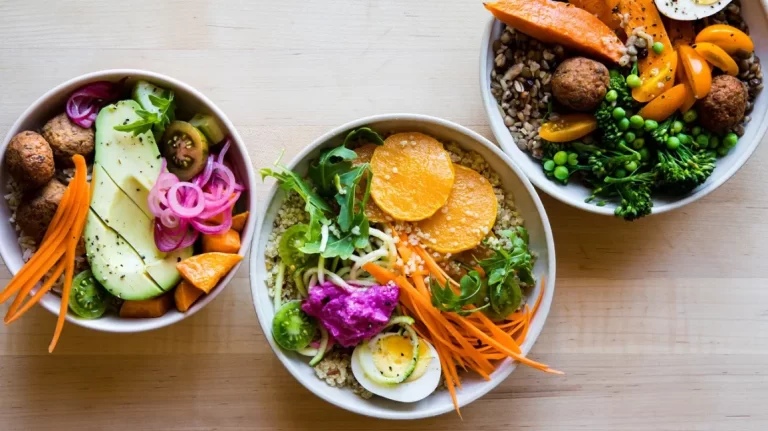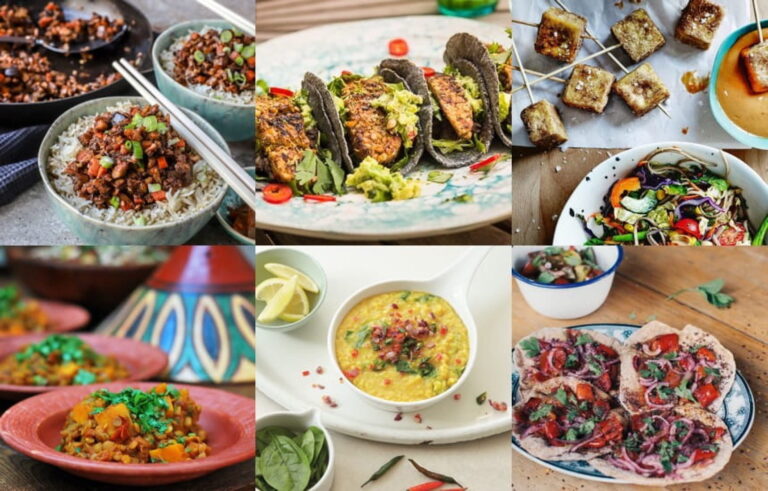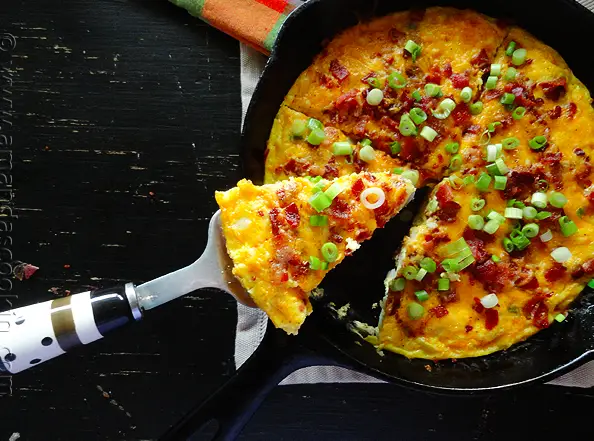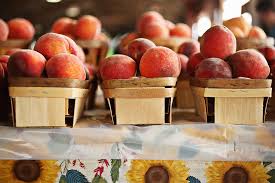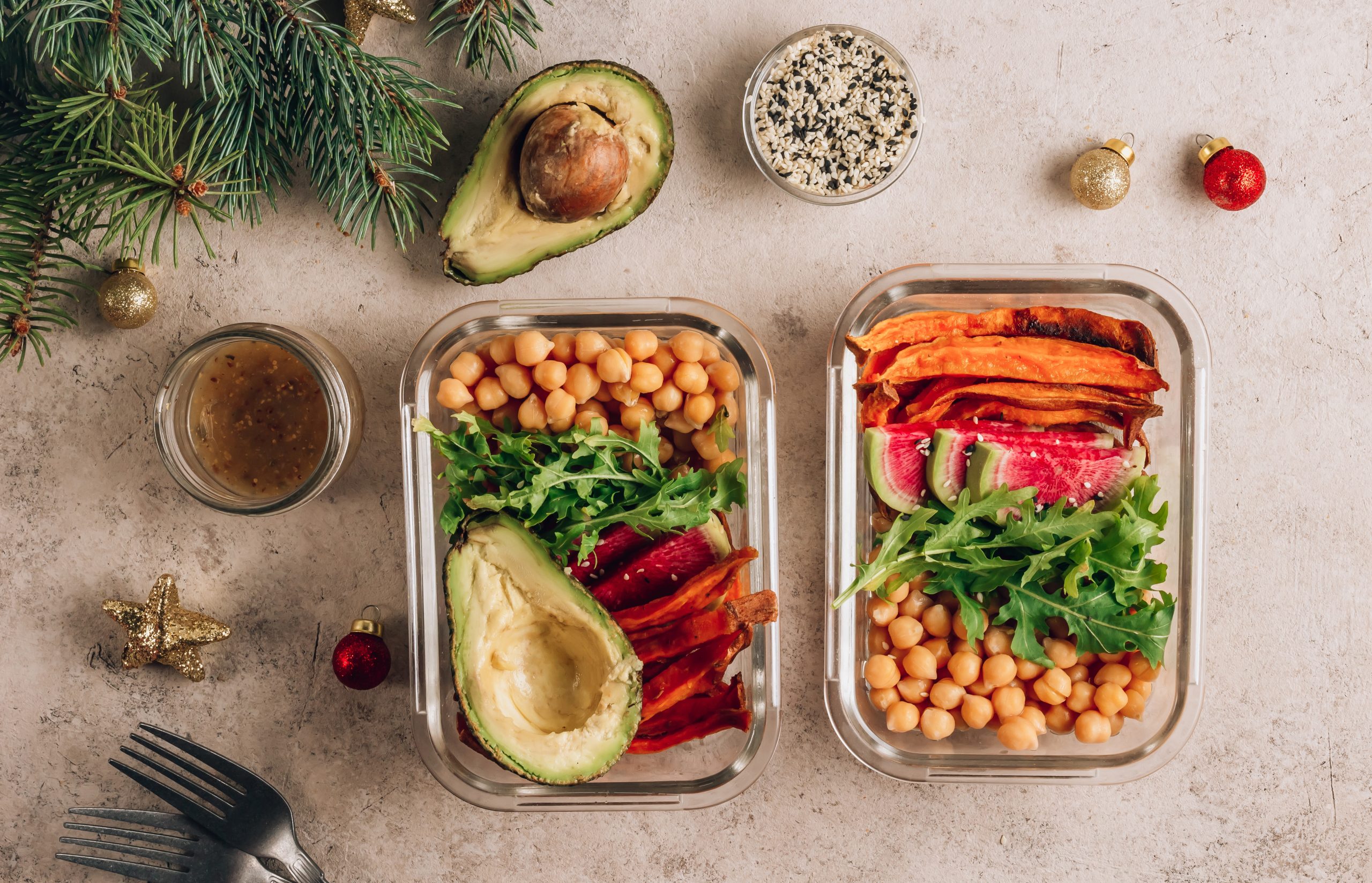
In today’s fast-paced world, finding time to prepare nutritious meals daily can be a challenge. Between work, social commitments, and family responsibilities, it’s easy to fall into the trap of quick, unhealthy meals that leave us feeling sluggish or unsatisfied. The good news is that with a little planning and preparation, you can enjoy healthy, delicious meals all week long without spending hours in the kitchen every day. Welcome to the ultimate guide to meal prep—where we’ll help you streamline your cooking routine, save time, and eat better, no matter how busy life gets.
What is Meal Prep?
Meal prep involves preparing, cooking, and organizing meals ahead of time for the upcoming week. By doing so, you reduce the time spent cooking during the week, avoid the temptation to order takeout, and ensure that you’re always eating nutritious, portion-controlled meals. Meal prepping can involve everything from chopping vegetables to fully cooking and storing entire meals for later use.
Why Meal Prep is Worth the Effort
- Saves Time: By preparing ingredients or full meals in advance, you can save yourself hours in the kitchen during the week.
- Promotes Healthy Eating: Meal prepping helps you make conscious choices about your diet, ensuring that you have wholesome, balanced meals readily available.
- Reduces Stress: Knowing that your meals are ready to go allows you to focus on other things, whether it’s work, family, or just relaxing.
- Saves Money: By planning your meals ahead of time, you’re less likely to make expensive, impulse purchases or order takeout.
- Portion Control: Meal prepping makes it easier to control your portion sizes, helping with weight management or maintaining a balanced diet.
Step-by-Step Guide to Successful Meal Prep
Now that you understand the benefits of meal prepping, let’s break down the process into manageable steps.
Step 1: Plan Your Meals
The first step to effective meal prep is planning. Sit down once a week (typically on the weekend) and map out your meals for the upcoming days. The goal is to choose meals that are easy to prepare, nutritionally balanced, and suitable for storing in the fridge or freezer.
Tips for Meal Planning:
- Variety is Key: While it’s tempting to make the same meal each day, variety keeps things interesting. Plan for a mix of proteins, vegetables, and healthy carbs.
- Consider Your Schedule: Choose meals that fit your lifestyle. For instance, if you have a busy Monday, make a dish that requires minimal prep (like salads or grain bowls).
- Batch Cooking: Pick meals that can be cooked in bulk and stored in individual servings. This saves you time during the week and reduces waste.
Example Meal Plan for the Week:
- Breakfast: Overnight oats with chia seeds and berries
- Lunch: Grilled chicken salad with quinoa and avocado
- Snack: Hummus with carrot sticks and whole grain crackers
- Dinner: Baked salmon with roasted sweet potatoes and steamed broccoli
Step 2: Create a Shopping List
Once you have your meals planned, it’s time to make a shopping list. Organize the list by food category (produce, proteins, dairy, etc.) to streamline your grocery shopping. Having a well-organized list reduces the chances of forgetting ingredients or making unnecessary purchases.
Tips for Grocery Shopping:
- Stick to your list to avoid impulse buys.
- Shop the perimeter of the store, where fresh produce, proteins, and dairy are typically located.
- Consider purchasing some ingredients in bulk (like grains, beans, and nuts) to save money in the long run.
Step 3: Prepare Your Ingredients
Once you have your ingredients, it’s time to start prepping. Depending on the meals you’ve planned, this step could involve washing and chopping vegetables, marinating proteins, or cooking grains. This is where the majority of the work for your week happens.
Prep Work Examples:
- Chop Veggies: Cut up vegetables for salads, stir-fries, or snacks. Store them in airtight containers to maintain freshness.
- Cook Grains: Cook large batches of rice, quinoa, or farro. These grains make great bases for salads, bowls, or side dishes.
- Marinate Proteins: Prepare your proteins in advance by marinating chicken, tofu, or beef. This not only adds flavor but also makes the cooking process quicker.
- Batch Cook: If your meal plan includes casseroles, soups, or stews, make these in large batches and portion them out for later.
Step 4: Cook in Batches
Now it’s time to get cooking. The beauty of meal prepping is that you can cook multiple meals at once, which will save you a ton of time during the week. Use your oven, stovetop, and slow cooker simultaneously to prepare different components of your meals.
Cooking Tips:
- Use Sheet Pans: Roast vegetables, proteins, and even grains on sheet pans to cook multiple items at once.
- One-Pot Meals: Soups, stews, and casseroles are great options for batch cooking. You can easily make a large portion and store it in individual servings.
- Cook Once, Eat Twice: When possible, make extra portions of one meal to eat later in the week or freeze for future use.
Step 5: Store Your Meals
Once your meals are cooked, it’s important to store them properly to ensure they stay fresh throughout the week. Invest in high-quality containers that are airtight and microwave-safe. Portion your meals into individual servings, so they’re easy to grab and go.
Storage Tips:
- Glass Containers: Glass containers are excellent for storing food, as they help prevent odors and are microwave-friendly.
- Label Your Meals: Label each container with the meal’s name and the date it was prepared, so you can easily keep track of your meals.
- Use the Freezer: If you don’t plan on eating certain meals within the week, freeze them for later use. Meals like soups, casseroles, and cooked grains freeze very well.
Step 6: Reheat and Enjoy
When it’s time to eat, simply reheat your prepped meals. Because you’ve already done the hard work, all that’s left is to heat and enjoy! Meal prepping not only saves you time but also ensures that you stick to your healthy eating goals throughout the week.
Best Meal Prep Recipes to Try
Here are some delicious and healthy meal prep recipes to get you started:
1. Chicken, Veggie, and Rice Bowls
This simple recipe features grilled chicken, roasted veggies, and brown rice. It’s packed with protein, fiber, and healthy fats.
Ingredients:
- 4 chicken breasts, grilled and sliced
- 2 cups brown rice, cooked
- 2 cups broccoli, steamed
- 2 bell peppers, sliced and roasted
- 1/4 cup olive oil, for roasting veggies
- Salt and pepper to taste
Instructions:
- Roast the bell peppers and broccoli in the oven with olive oil, salt, and pepper for 20 minutes at 400°F.
- Prepare rice according to package instructions.
- Grill the chicken breasts and slice them into strips.
- Assemble the bowls by adding rice, veggies, and chicken, and store them in airtight containers.
2. Quinoa Salad with Chickpeas and Avocado
This plant-based meal is full of protein and healthy fats. It’s light, yet filling, and perfect for lunch or dinner.
Ingredients:
- 2 cups cooked quinoa
- 1 can chickpeas, drained and rinsed
- 1 avocado, diced
- 1 cucumber, diced
- 1/4 red onion, chopped
- 2 tablespoons olive oil
- 1 tablespoon lemon juice
- Salt and pepper to taste
Instructions:
- In a large bowl, combine quinoa, chickpeas, avocado, cucumber, and red onion.
- Drizzle with olive oil and lemon juice, and toss to combine.
- Season with salt and pepper, and store in individual containers.
3. Vegetable Stir-Fry with Tofu
A vegan-friendly meal that’s packed with protein, fiber, and tons of veggies. It’s versatile and can be served with rice or noodles.
Ingredients:
- 1 block firm tofu, cubed
- 2 cups mixed vegetables (carrots, bell peppers, broccoli)
- 2 tablespoons soy sauce or tamari
- 1 tablespoon sesame oil
- 1 tablespoon fresh ginger, minced
Instructions:
- In a pan, sauté the tofu in sesame oil until crispy, about 5-7 minutes.
- Add the mixed vegetables and cook until tender.
- Add soy sauce and ginger, stir to coat, and serve with rice or noodles.
Final Thoughts
Meal prepping is an incredibly useful tool for anyone looking to eat healthier, save time, and reduce stress during the week. By planning ahead and dedicating a few hours to prepping, you can ensure that healthy, balanced meals are always within reach. With the right strategies, meal prepping can become a sustainable and enjoyable part of your routine, making it easier than ever to eat well all week long.
